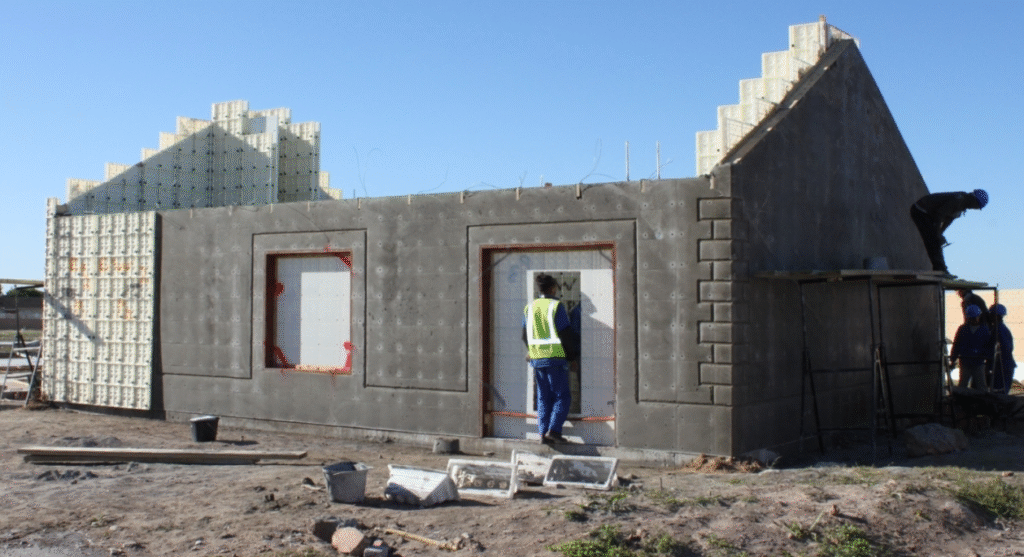Accuracy in the filling process is crucial for product quality, compliance, and profitability. This guide compares two key industrial techniques—volumetric and gravimetric filling—highlighting their mechanisms, benefits, limitations, and ideal uses. Understanding these differences will help you choose the best method for your production needs.
Understanding Volumetric Filling
Volumetric filling measures and dispenses products based on volume rather than weight. This method relies on precise mechanical displacement to deliver consistent amounts of material into containers.
How Volumetric Filling Works
The process uses pumps, pistons, or other volumetric displacement mechanisms to control the exact amount of product dispensed. Common equipment includes piston fillers, gear pumps, peristaltic pumps, and rotary fillers. These systems measure a predetermined volume and transfer that exact amount to the target container.
Types of Volumetric Equipment
Piston Fillers use a cylinder and piston arrangement to draw in and dispense precise volumes. They work well for thick liquids and semi-viscous products.
Gear Pump Fillers employ intermeshing gears to create chambers that carry product from inlet to outlet, providing smooth, consistent flow for medium-viscosity liquids.
Peristaltic Pump Fillers use rotating rollers to compress tubing, creating a vacuum that draws product through the system. This method prevents contamination since product only contacts the tubing interior.
Rotary Fillers feature multiple filling heads on a rotating carousel, allowing high-speed production with consistent volume delivery.
Advantages of Volumetric Filling
Speed stands out as volumetric filling’s primary advantage. These systems can operate at high production rates since they don’t require weight verification for each fill. Setup and operation remain relatively straightforward, making them accessible for facilities with varying technical expertise levels.
Cost-effectiveness makes volumetric filling attractive for many operations. The equipment typically requires lower initial investment compared to gravimetric systems, and operating costs remain manageable due to simpler maintenance requirements.
Consistent flow rates benefit products with stable density and viscosity. When material properties remain constant, volumetric filling delivers reliable results with minimal variation.
Disadvantages of Volumetric Filling
Accuracy limitations present the most significant challenge. Volumetric filling assumes consistent product density, but temperature fluctuations, ingredient variations, or air entrainment can affect actual fill weights even when volumes remain constant.
Material sensitivity restricts applications. Products that foam, separate, or change viscosity during handling may not fill accurately using volumetric methods.
Limited flexibility means these systems struggle with frequent product changeovers or varying fill requirements within the same production run.
Ideal Volumetric Applications
High-volume liquid packaging benefits from volumetric filling’s speed advantages. Beverages, oils, and other consistent liquids work well with this method.
Cost-sensitive operations where moderate accuracy meets requirements often choose volumetric systems. Applications where regulatory standards allow broader fill weight tolerances can leverage volumetric filling’s economic benefits.
Products with stable physical properties throughout the filling process perform reliably with volumetric methods.
Understanding Gravimetric Filling
Gravimetric filling measures product by weight rather than volume, using precision scales and load cells to ensure exact fill amounts regardless of product density variations.
How Gravimetric Filling Works
The system places containers on scales or weighs the product as it’s dispensed. Real-time weight monitoring allows the equipment to stop filling when the target weight is reached, compensating automatically for density variations, temperature effects, or other factors that might affect product consistency.
Types of Gravimetric Equipment
Net Weight Fillers place empty containers on scales and add product until the target net weight is achieved. This method provides excellent accuracy but operates at slower speeds.
Gross Weight Systems weigh filled containers to verify total weight, including packaging. While less precise for product content, they offer faster verification.
Loss-in-Weight Feeders weigh the supply hopper and calculate dispensed amounts based on weight reduction. These systems work well for powder and granular products.
Combination Systems integrate multiple weighing technologies to optimize speed and accuracy for specific applications.
Advantages of Gravimetric Filling
Superior accuracy makes gravimetric filling the gold standard for precision applications. These systems typically achieve accuracy levels within 0.1% to 0.5% of target weights, far exceeding volumetric capabilities.
Automatic compensation for product variations ensures consistent fill weights regardless of density changes, temperature fluctuations, or ingredient variations. A cartridge filling machine using gravimetric methods can maintain accuracy even when product characteristics shift during production runs.
Regulatory compliance becomes easier with gravimetric systems, as they provide the documentation and accuracy required for pharmaceutical, food, and chemical applications with strict weight requirements.
Versatility allows gravimetric systems to handle diverse products from free-flowing powders to viscous liquids without significant adjustments.
Disadvantages of Gravimetric Filling
Higher costs represent the primary barrier to gravimetric adoption. Equipment prices, installation complexity, and maintenance requirements exceed volumetric alternatives significantly.
Slower operating speeds result from the time required for weight stabilization and verification. High-volume operations may find gravimetric filling creates production bottlenecks.
Increased complexity demands higher skill levels for operation and maintenance. Staff training requirements and potential downtime for repairs can impact overall operational efficiency.
Environmental sensitivity affects weighing accuracy. Vibrations, air currents, and temperature variations can influence scale readings, requiring controlled operating conditions.
Ideal Gravimetric Applications
High-value products justify gravimetric filling’s increased costs through reduced waste and improved quality control. Pharmaceutical compounds, specialty chemicals, and premium food ingredients benefit from precise weight control.
Regulated industries often mandate gravimetric accuracy. FDA-regulated products, aerospace materials, and other applications with strict quality requirements typically require gravimetric precision.
Variable product characteristics make gravimetric filling essential. Products that change density, temperature sensitivity, or batch-to-batch variations need gravimetric compensation.
Volumetric vs. Gravimetric: Key Comparison Factors
Accuracy and Precision
Gravimetric systems deliver superior accuracy, typically achieving ±0.1% to ±0.5% precision compared to volumetric systems’ ±1% to ±3% range. For applications where every gram matters, gravimetric filling provides unmatched reliability.
Cost-Effectiveness
Volumetric filling wins on initial investment and operating costs. However, gravimetric systems may prove more economical over time for high-value products where waste reduction offsets higher equipment costs.
Speed and Efficiency
Volumetric systems excel in high-speed applications, often achieving 2-3 times the throughput of comparable gravimetric equipment. Production volume requirements play a crucial role in method selection.
Material Compatibility
Gravimetric filling handles diverse materials more effectively, automatically compensating for variations that would affect volumetric accuracy. Volumetric systems work best with consistent, predictable products.
Maintenance and Operational Complexity
Volumetric systems require simpler maintenance and operator training. Gravimetric equipment demands more sophisticated technical support but often provides better long-term reliability when properly maintained.
Specialized Applications and Equipment
Industrial operations often require specialized support systems regardless of filling method chosen. For example, facilities using nitrogen generators, such as those found in operations around Allentown, PA, may need to consider how inert gas systems interact with their chosen filling technology. Nitrogen blanketing can affect product density and behavior, making gravimetric systems more suitable for maintaining accuracy when inert atmospheres are required.
Conclusion
Choosing the right filling technology depends on product type, accuracy, production needs, and budget. Volumetric systems work well for high-volume consistency, while gravimetric systems are best for precision. Combining both can improve efficiency, and consulting experts or running pilot tests can help optimize the process.









